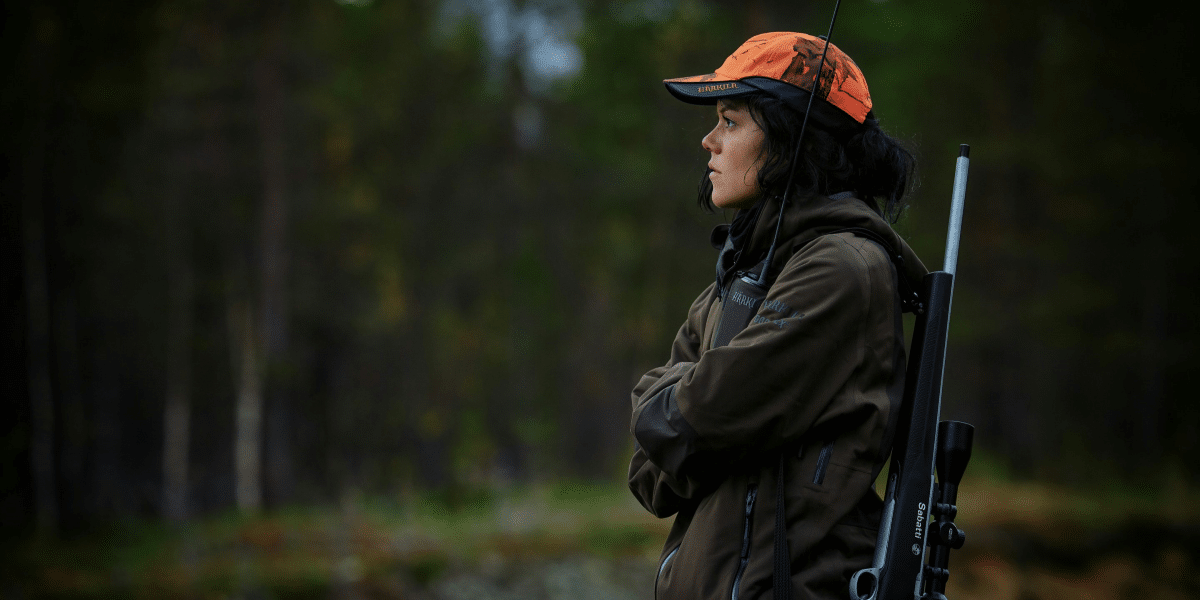In a survival situation, knowing how to catch animals for food can be crucial. Whether you’re stranded in the wilderness or facing an emergency, these basic skills can help you secure sustenance. This article will guide you through the essential techniques for catching animals, ensuring you’re prepared for any survival scenario. Let’s explore these practical tips and methods to help you find and catch food in the wild.
Why Is It Important to Know How to Catch Animals for Sustenance?
Catching animals for food is a vital survival skill for several reasons:
- Nutritional Value: Animal meat provides essential proteins and fats that are critical for maintaining energy and health in survival situations.
- Food Variety: Relying solely on plants can be risky due to the potential for poisonous species. Animals offer a safer and often more abundant food source.
- Survival: In harsh environments where plant food is scarce, knowing how to catch animals can be the difference between life and death.
What Are the Basic Tools Needed to Catch Animals?
Before diving into techniques, it’s important to know what tools you might need. Here are some basic tools for catching animals:
- Knife: A good knife is essential for preparing traps and processing animals once caught.
- Cordage: Strong, durable cordage is crucial for making traps and snares.
- Hooks and Lines: For fishing, basic hooks and lines can help you catch fish in streams, rivers, and lakes.
- Improvised Tools: Sharp sticks, rocks, and other natural materials can be used to create makeshift tools if necessary.
How Can You Use Snares and Traps to Catch Small Animals?
Snares and traps are effective methods for catching small animals like rabbits, squirrels, and birds. Here are some basic techniques:
- Simple Snare: A simple snare consists of a noose made from wire or strong cordage, set on an animal path. As the animal walks through the noose, it tightens and captures the animal.
- Figure Four Trap: This trap uses a figure-four mechanism to support a heavy object like a rock or log. When the animal triggers the mechanism, the heavy object falls and traps the animal.
- Spring Snare: This snare uses a bent sapling and a trigger mechanism. When the animal triggers the snare, the sapling snaps back, lifting the animal off the ground and trapping it in the noose.
- Deadfall Trap: A deadfall trap uses a heavy rock or log balanced on a trigger mechanism. When the animal triggers the mechanism, the weight falls and crushes the animal.
What Are Effective Fishing Techniques for Survival?
Fishing is an excellent way to catch food in survival situations. Here are some basic fishing techniques:
- Handline Fishing: A simple method using a fishing line, hook, and bait. Cast the line into the water and wait for a bite. This method requires minimal equipment and can be highly effective.
- Improvised Fishing Rod: If you have more time and resources, you can make an improvised fishing rod using a sturdy stick, fishing line, and a hook. This allows for more precise casting and better control.
- Fishing Traps: Fish traps can be made using natural materials like rocks or sticks to create a barrier in shallow water. Fish swim into the trap and are unable to escape.
- Spearfishing: In clear, shallow waters, spearfishing can be an effective technique. Use a sharpened stick or an improvised spear to catch fish.
How Can You Use Hunting Techniques for Larger Animals?
Hunting larger animals requires more skill and patience. Here are some basic hunting techniques:
- Tracking: Learn to identify animal tracks and follow them to find their habitats. Look for signs like footprints, droppings, and disturbed vegetation.
- Ambush: Find a spot where animals frequently pass through, like a water source or a game trail. Hide and wait for an animal to approach, then use a spear, bow, or other weapon to catch it.
- Driving Game: If you’re with a group, you can work together to drive animals towards a trap or ambush point. This technique is often used for larger game like deer.
- Using Calls: Mimicking animal sounds can attract them to your location. Learn the calls of the animals you’re hunting to increase your chances of success.
What Are the Best Practices for Processing and Cooking Animals?
Once you’ve caught an animal, processing and cooking it properly is crucial:
- Field Dressing: Immediately after catching the animal, field dress it by removing the internal organs. This prevents spoilage and makes the meat safer to eat.
- Skinning and Butchering: Skin the animal and divide it into manageable pieces. Remove any inedible parts and prepare the meat for cooking.
- Cooking Methods: Cooking meat thoroughly is essential to kill any parasites or bacteria. Roasting over an open fire, boiling, or using a makeshift grill are effective methods.
- Preservation: If you catch more meat than you can eat immediately, use methods like smoking or drying to preserve it for later consumption.
How Can You Stay Safe While Catching and Processing Animals?
Safety is paramount in survival situations. Here are some tips to stay safe:
- Avoid Dangerous Animals: Be aware of potentially dangerous animals and avoid hunting them unless absolutely necessary.
- Use Tools Carefully: Sharp tools and traps can cause injuries if not handled properly. Always exercise caution.
- Cook Meat Thoroughly: Ensure all meat is cooked thoroughly to avoid foodborne illnesses.
- Stay Aware of Your Surroundings: While focusing on catching and processing animals, stay alert to other potential dangers in your environment.
Knowing how to catch animals for sustenance is an essential survival skill. By using snares, traps, fishing techniques, and hunting methods, you can secure food in the wilderness. Remember to carry basic tools, stay safe, and practice these techniques to enhance your survival skills. With these practical tips, you’ll be better prepared to navigate and thrive in any emergency situation.








